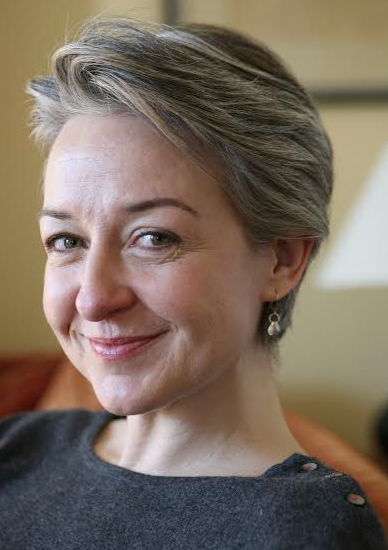‘House Hold’ discusses importance of place
Brooklyn BookBeat: Brooklyn Author To Launch Poignant Memoir in DUMBO

Tracing her own history by conjuring the spaces that shaped it, Brooklyn author Ann Peters, in her poignant memoir “House Hold: A Memoir of Place,” invites readers to journey with her from eastern Wisconsin to the mountains of Colorado to upstate New York and Brooklyn. Painting an array of scenes — among them rural highways, fast food parking lots, cornfields, glacial lakes and Brooklyn brownstones — Peters revives her past through lyrical prose that examine how architecture and landscape can inform our identities.
Peters opens her book by describing “The House on the Ledge” —the split-level home her father designed and built in Wisconsin farm country in 1971, and the structure that houses most of her childhood memories. Her visions of the space are vivid: “My siblings and I knew the house too intimately to ever take a false step,” she remembers. “We climbed the beams, leapt from the bridges, curled in the lofts above our parents’ heads, cats reclining in the sun […] In the walk from the bedrooms out to the rest of the house, we moved out of darkness to light, solitude to communion, constriction to expanse […] The skylights were designed to catch the morning sun over the top of the ledge. Six stairs down and you were in that light, looking down again through the glass of the living room windows to woods, lawn, field, farm, and lake. There were no curtains.”
Peters goes on to recall not only further details of her childhood landscape, but also its implications on her family and lifestyle. She contemplates how that house shaped her own trajectory: “However happy I’ve been in the places I’ve lived since leaving Wisconsin at eighteen, I’ve also been a little ill at ease […] We moved into that house when I was five. Just as I was coming into consciousness, my parents, like many of their generation, were coming to an awareness of the natural world and the need to conserve it. I picked up on this early […] Nature was clean, man messy.”
